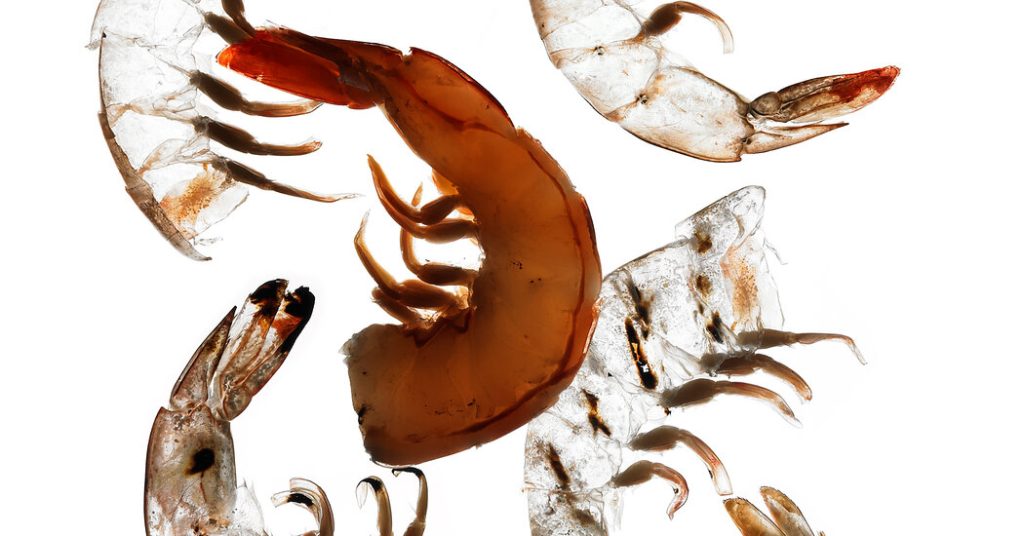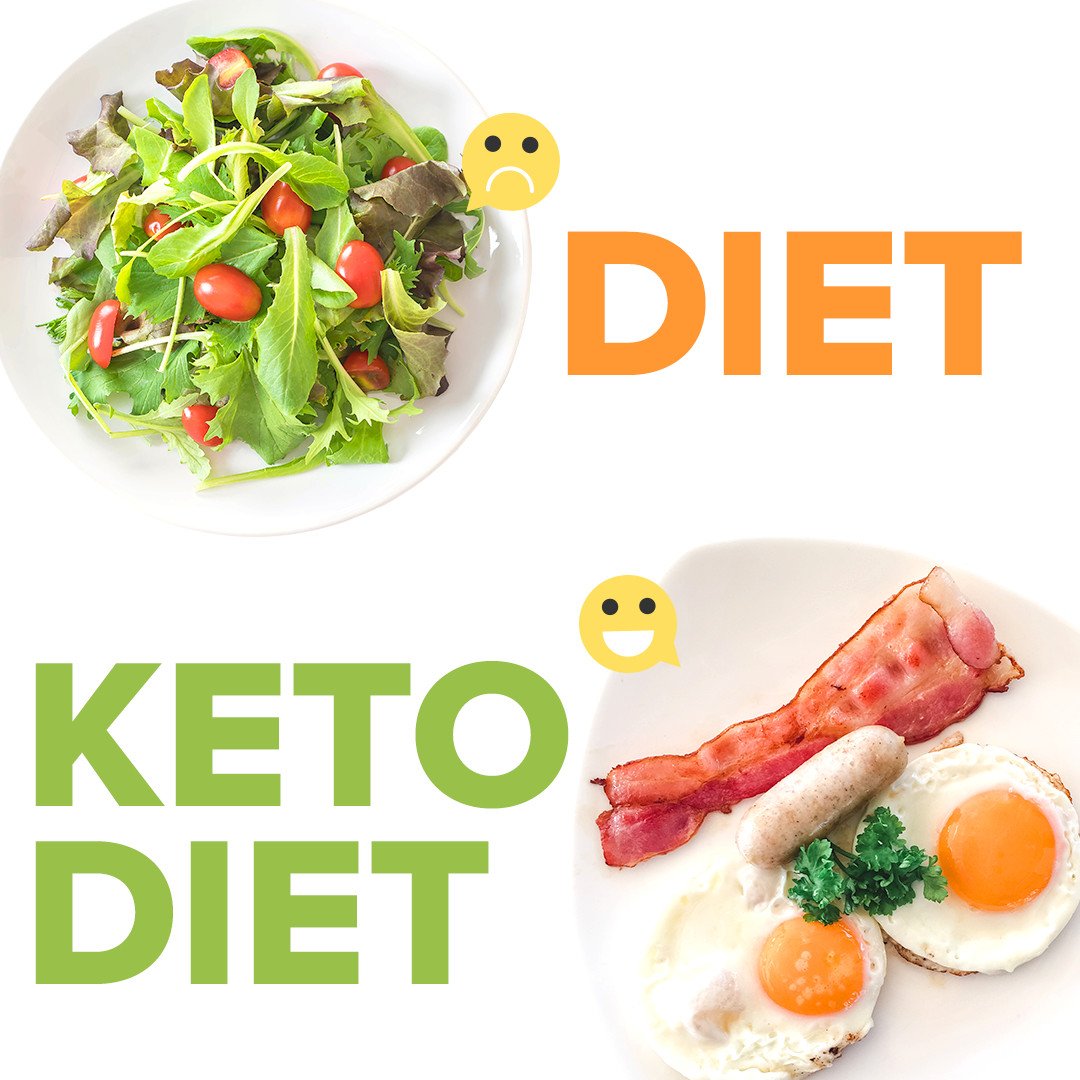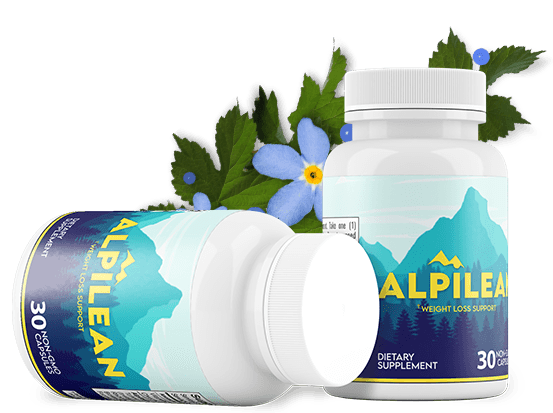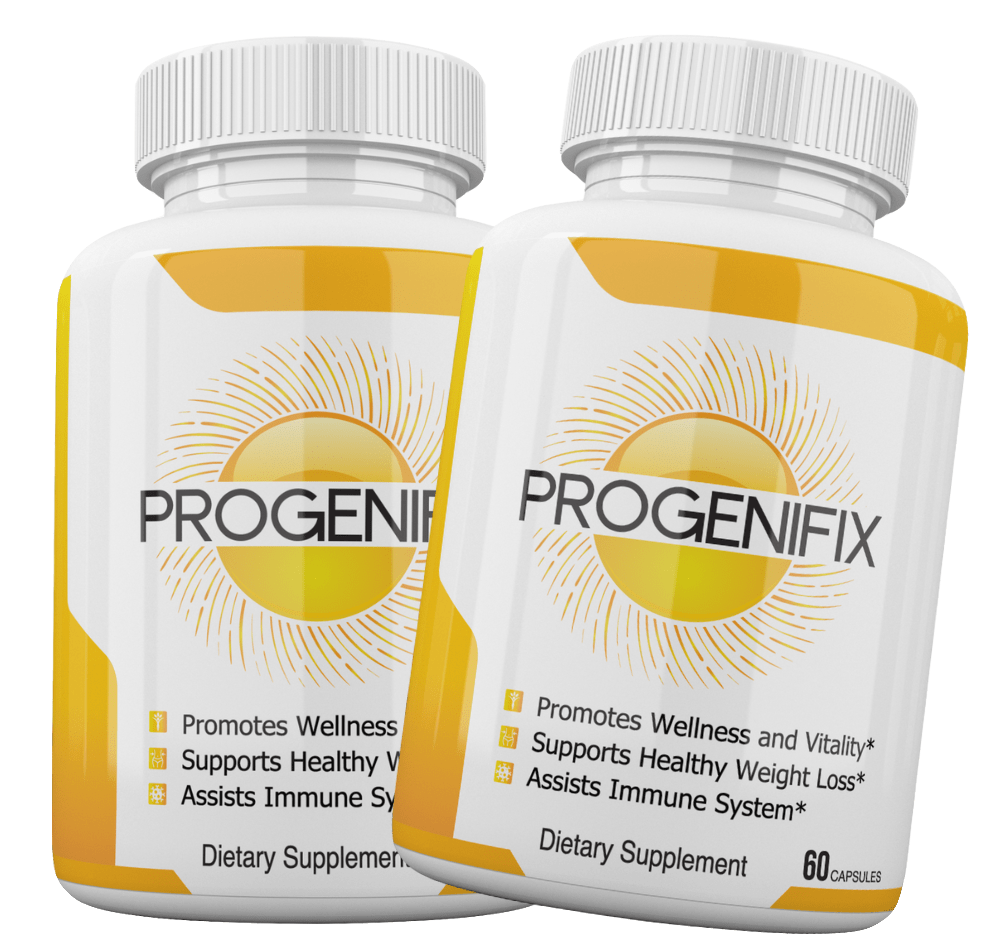People aren’t notably passionate about seafood. We eat lower than half of what a Japanese or Indonesian particular person does. Lower than a 3rd of the average Icelander. However there’s one huge exception: shrimp.
Our urge for food for the fats little crustacean has elevated for many years, with the common American now consuming nearly six pounds per yr, excess of another ocean product. Simply ask Pink Lobster: The struggling seafood chain declared bankruptcy this month, citing, amongst different issues, an all-you-can-eat shrimp scheme that cost the company $11 million when it underestimated how a lot individuals would eat.
However how wholesome is our favourite seafood? Is it good for our our bodies? What concerning the world’s mangrove forests and sea turtle populations? And the way have you learnt what to purchase the subsequent time you might be on the seafood counter?
Human well being
Shrimp is an effective supply of protein, on par with, say, a rib-eye steak. It’s excessive in calcium and vitamin B12. It’s low in saturated fats, which makes it heart-healthy. And whereas shrimp is excessive in ldl cholesterol, experts no longer worry as a lot about dietary ldl cholesterol’s impact on well being.
However if you’re on the lookout for the opposite dietary advantages we count on from seafood, you may be disillusioned. Shrimp tails aren’t notably excessive in omega-3 fatty acid, iron or iodine. “From a dietary perspective,” mentioned Zach Koehn, a vitamin researcher at Stanford College’s Middle for Ocean Options, “it’s type of just like the chicken of the ocean.”
Most seafoods are richer in nutrients than land-based meat, however the shrimp species that People eat are low on that record, close to the underside with cod and tilapia. Rooster has extra protein, and seafood like sardines, salmon and oysters are way more nutrient wealthy.









